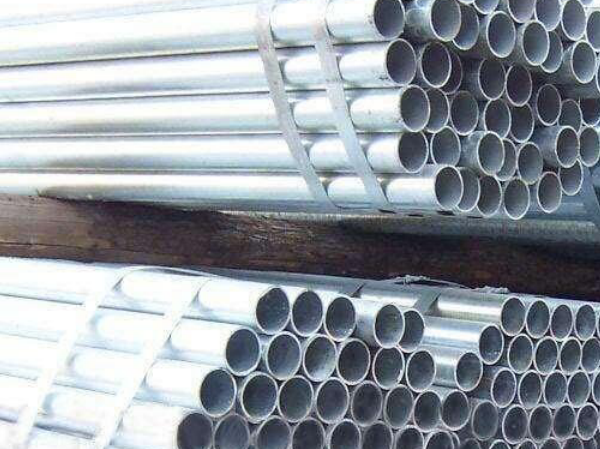
The hot-dip galvanized zinc layer itself is relatively thick, generally more than 10um in thickness, so it has good anti-corrosion ability. Although the surface is bright, it is slightly rough, and there may be spangles. The zinc layer of electro-galvanized is very thin, only about 3-5um in thickness. Although the surface is smooth, it will appear dark and dirty, with better processing performance and insufficient corrosion resistance.

There are many processing techniques for hot-dip galvanizing. After the workpiece is degreasing, pickling, dipping, drying and other processes, it can be immersed in the molten zinc bath, and it can be taken out after a certain period of time. This is hot-dip galvanizing. Like some hot-dip pipe fittings are processed in this way. The cold-dip galvanizing is actually electro-galvanizing, which is processed by electrolytic equipment. After degreasing, pickling and other processes, it is immersed in a solution containing zinc salts, connected to the electrolytic equipment, and placed on the workpiece during the directional movement of the positive and negative electrodes. It comes from the deposition of zinc layer.
6. Different in appearance
The overall appearance of hot-dip galvanizing is slightly rougher, and it will produce process watermarks, dripping tumors, etc., especially at one end of the workpiece, which is silver-white as a whole. The surface layer of electro-galvanized is relatively smooth, mainly yellow-green, of course, there are also colorful, bluish-white, white with green light, etc. The whole workpiece basically does not appear zinc tumors, agglomerations, etc.
Go here to learn more about " Cold Drawn Seamless Tubing"
